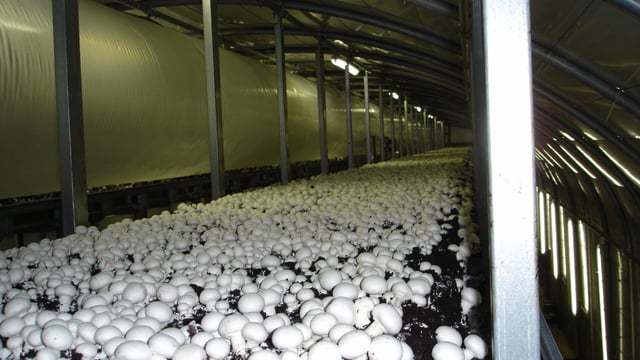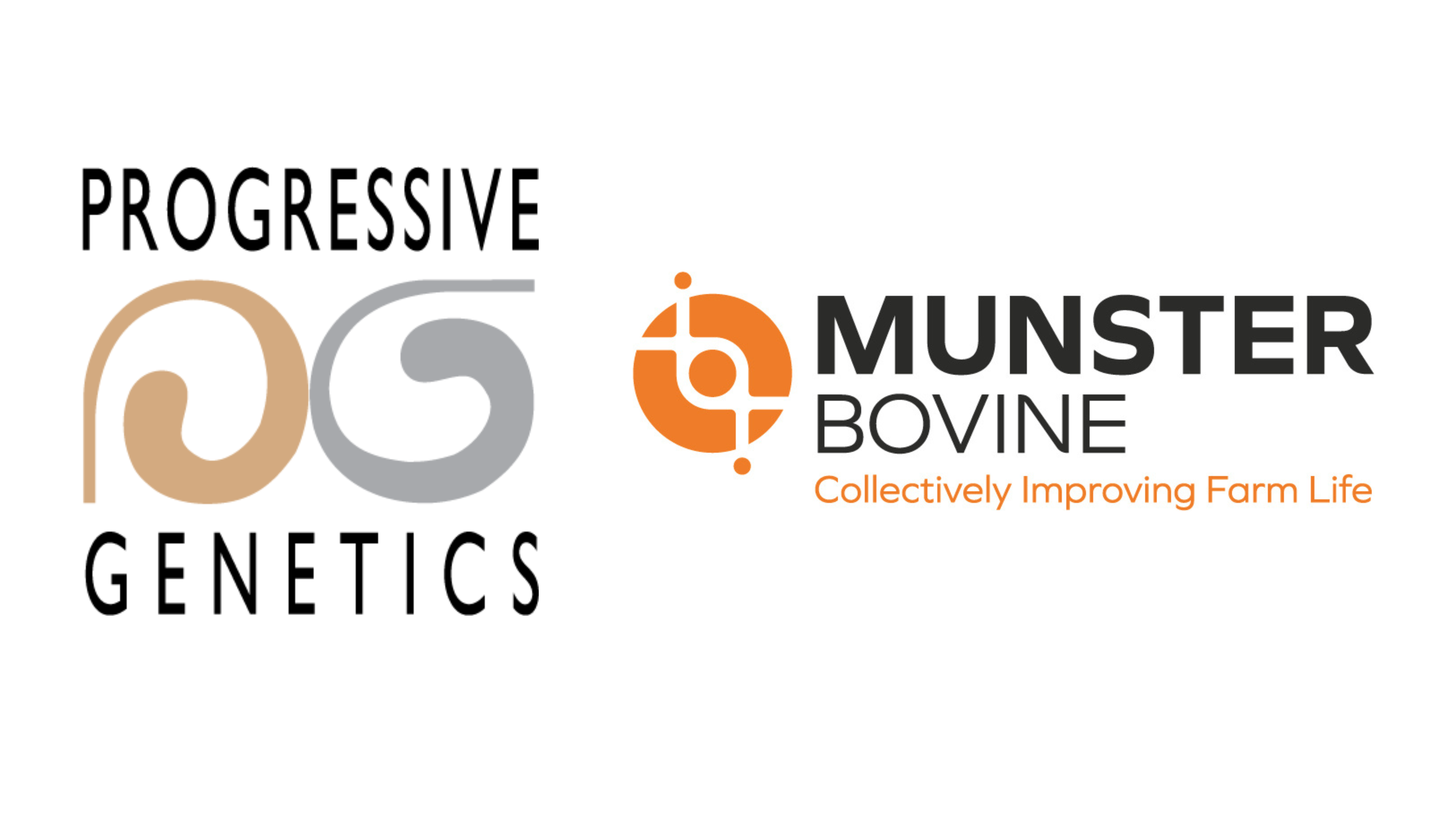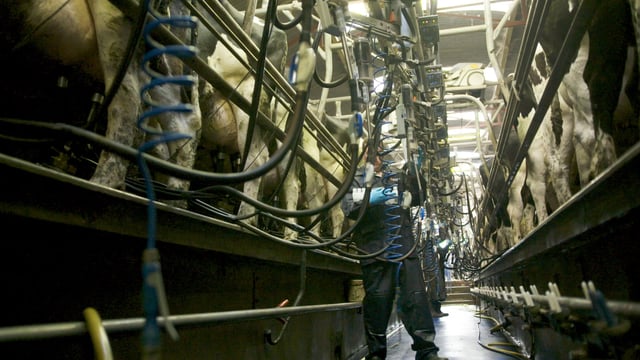Sponsored Article

Sponsored Article
Calfmatters top tips series: It’s as simple as plan-do-check-act
Sponsored Article

So far, as part of the 2021 Calfmatters #From10Days top tips competition, we have discussed Total Quality Management, respiratory disease and the calf’s environment. In this last in the series, the main pieces of advice will be pulled together as part of the theme 'Plan-Do-Check-Act'.
And don’t forget – there is still the chance to be in the draw for winning a set of 4x4 tyres - share some of your best tips and hints by recording a short video, then share on social media tagging @calfmatters and using the hashtag #from10days.
“If we go back to basics, we all know that good health in the young calf is critical to ensure that animals go on to perform as anticipated, whether in the beef or dairy herd,” says Dr. Ailsa Milnes of Boehringer Ingelheim Animal Health, who are behind the #Calfmatters project.
“Calf health is influenced by many factors but some, such as colostrum management, vaccination and hygiene, are within the control of the farmer,” Dr. Milnes added.
“There are a few simple steps, such as ensuring adequate quality colostrum in the first few hours after birth; good standards of hygiene; an appropriate environment; adequate nutrition and vaccination, that will all help,” says Dr. Milnes.
“Having a structured and planned approach to calf management really pays off. Why? By spending time analysing your system, seeing where you perhaps fall below targets and making changes to address shortfalls, you’ll end up with a structured plan which can be updated and reviewed depending on progress.”
The new downloadable #Calfmatters guide includes a handy page to complete, covering information on feeding, bedding, observations and hygiene/cleanliness.
To share your tips on the above mentioned information:
“The idea is that you take a few minutes to complete it, possibly with the other farm team members and maybe even your vet,” Dr. Milnes explains.
“You then have relevant information in one place, making it easier to review progress and check everything is on track.
“Getting it right can be a bit of a balancing act,” Dr. Milnes concludes.
Using an intranasal vaccine such as Bovalto Respi IN delivers rapid protection against RSV and PI3 and can be used from 10 days of age. The intranasal route is very effective in young calves providing 12 weeks of protection from 10 days after vaccination.
In summary, there are four key focus areas:
Below is part of the page to complete about the processes and actions needed on-farm:
To learn more about #Calfmatters please click the button below.
Terms and conditions apply.
Bovalto Respi Intranasal, nasal spray, lyophilisate and solvent for suspension contains Bovine parainfluenza 3 virus (PI3V), modified live virus, strain Bio 23/A 105.0 – 107.5 TCID50 and Bovine respiratory syncytial virus (BRSV), modified live virus, strain Bio 24/A 104.0 – 106.0 TCID50. IE: POM(E). Advice should be sought from the prescriber.
Further information available in the SPC or from Boehringer Ingelheim Animal Health UK Ltd, RG12 8YS, UK. IE Tel: 012913985. Email: [email protected].
Bovalto is a registered trademark of the Boehringer Ingelheim Group. 2021 Boehringer Ingelheim Animal Health UK Ltd. All rights reserved. Date of preparation: April 2021. CAT-0004-2021. Use Medicines Responsibly.
Sponsored Article







